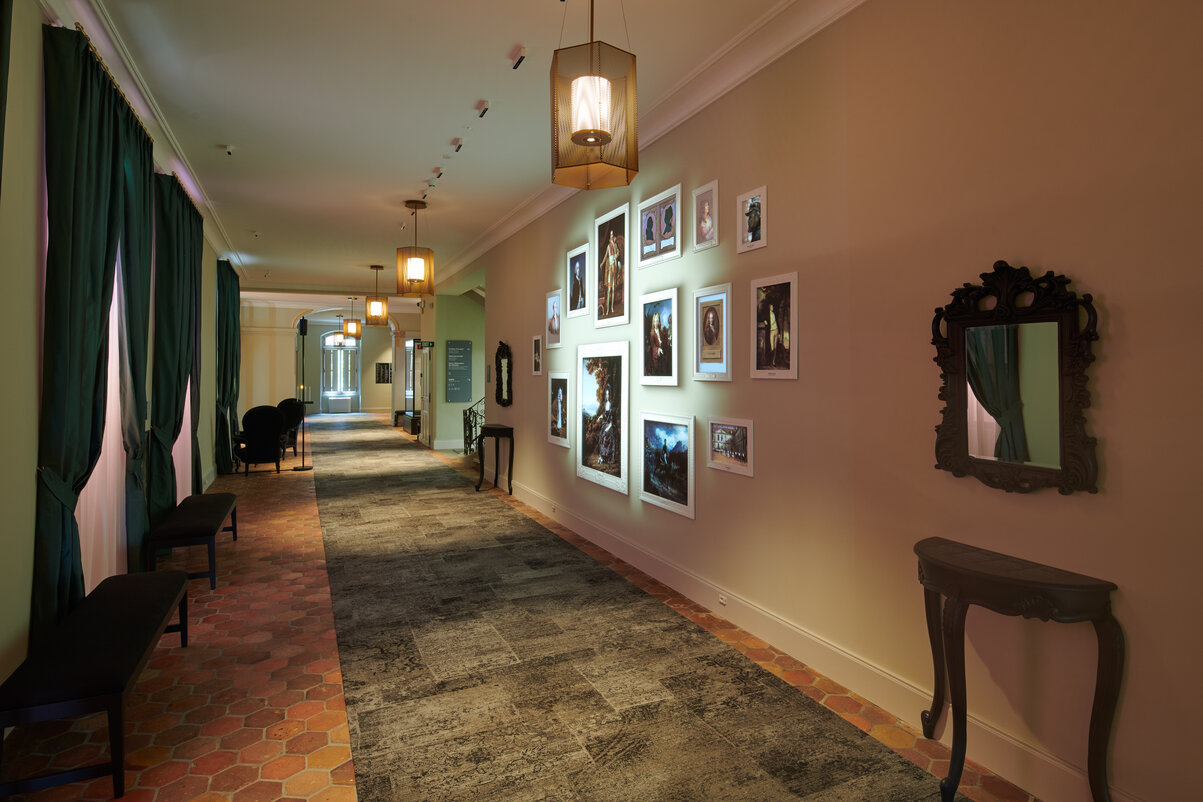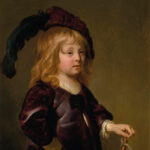Contemporary Myths from the Arabian Gulf.

The exhibition (Evaporating Suns. Contemporary Myths from the Arabian Gulf) considers an approach of corresponding positions highlighting the spectrum between myth and fact.
The title originates from the contradiction ‘evaporating’, the change process from liquid to gas. The sun is the permanent, unchanged factor, the source of life.
The spectrum is introduced via the stories passed through oral histories between generations. The Arabian Sea defines the geographical boundaries of the Arabian Gulf and points to various cultural nuances shared across the peninsula.
The title and the exhibition aim to introduce an unorthodox landscape, a new composition created by modifying and fusing the surrounding realities, highlighting the pull between myth and fact.

Abdullah AlOthman, (1985), The Legend of Zahwa. Commissioned by Kulturstiftung Basel H. Geiger I KBH.G.
Its manifestation has been presented in the exhibition through expressions of local natural and built environments, social arrangements and structures and perspective negotiations.
The Fact becomes the framework that dissolves and demystifies. Myth plays a formative role in understanding the law of time and the changes marked through its passing in relation to place.

Alaa Edris (1986), Al Kursi (the Chair). Commissioned by Kulturstiftung Basel H. Geiger I KBH.G.





